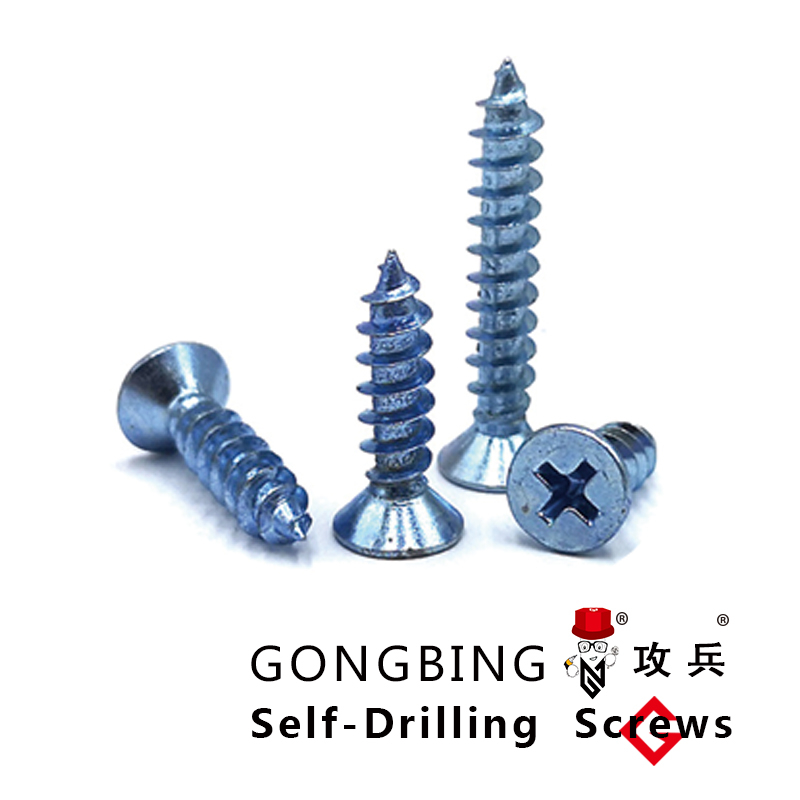High-Performance Self-Drilling Screws for Cabinet Assembly and Woodworking Projects
Understanding Self-Drilling Cabinet Screws A Comprehensive Guide
When it comes to woodworking and home improvement projects, the right fasteners can make all the difference. Among these, self-drilling cabinet screws have gained popularity for their efficiency and reliability. Whether you are an amateur DIY enthusiast or a seasoned professional, understanding self-drilling cabinet screws can enhance your cabinetry projects and ensure a sturdy finish.
What Are Self-Drilling Cabinet Screws?
Self-drilling cabinet screws, often referred to as self-tapping screws, feature a unique design that allows them to create their own hole as they are driven into the material. This eliminates the need for pilot holes, which speeds up the installation process and reduces the chance of splitting or damaging the workpiece. These screws are typically made from high-quality steel and are coated to resist rust and corrosion, ensuring longevity, especially in environments like kitchens and bathrooms.
Key Features
1. Drilling Tip The most distinctive feature of these screws is their drill bit point, which allows them to pierce through materials without prior drilling. This point is usually sharp and tapered, making it easier to penetrate wood and composite materials.
2. Thread Design Self-drilling screws come with specially designed threads that provide excellent holding power. The threads grip the material tightly, ensuring that the connected pieces remain secure over time. Many of these screws also have a wide thread design, which helps in distributing loads evenly.
3. Head Type These screws are available in various head types, such as flat, pan, or round. The choice depends on the specific requirements of the project. For instance, a flat head can be useful for flush installations, while a pan head is ideal for applications where a bit of added height is desired.
self drilling cabinet screws

4. Length and Gauge Self-drilling cabinet screws come in various lengths and gauges, allowing users to select the most appropriate size for their project. A rule of thumb is to choose a screw that is at least 1.5 times the thickness of the material you’re fastening.
Application in Cabinetry
In cabinetry, self-drilling cabinet screws are indispensable. They are primarily used for assembling cabinets, attaching drawer slides, and securing shelves. The ease of use means that even those who may have limited experience in carpentry can achieve professional-looking results. Moreover, the speed offered by self-drilling screws can significantly cut down on labor time, making them a preferred choice for many contractors.
Benefits
One of the most significant advantages of using self-drilling cabinet screws is efficiency. The elimination of the need for pilot holes speeds up the assembly process and minimizes the risk of error. Additionally, since these screws are designed to provide a tight fit, the strength and durability of the overall assembly are enhanced.
Furthermore, not only do these screws offer superior performance, but they are also cost-effective. Given their ease of use and reliable holding power, they can reduce the overall material costs associated with cabinetry projects.
Conclusion
In summary, self-drilling cabinet screws are an excellent choice for anyone looking to tackle cabinetry projects with ease and efficiency. Their unique design, combined with robust performance characteristics, positions them as a staple in both professional workshops and DIY homes. By selecting the right self-drilling screws for your needs, you can ensure that your projects are completed more quickly and with superior quality. Whether you’re building, repairing, or upgrading cabinetry, self-drilling cabinet screws are an invaluable tool in your arsenal.
-
Weatherproof Plastic Expansion Anchors for OutdoorKabarJun.06,2025
-
Sustainability in the Supply Chain: Eco-Friendly TEK Screws ProductionKabarJun.06,2025
-
Load-Bearing Capacity of External Insulation FixingsKabarJun.06,2025
-
Double Head Bolts: Enhancing Efficiency in Industrial MachineryKabarJun.06,2025
-
Corrosion Resistance in Chipboard Screws: Coatings for Wholesale DurabilityKabarJun.06,2025
-
Butterfly Toggle Bolts : Enhancing Structural ResilienceKabarJun.06,2025
